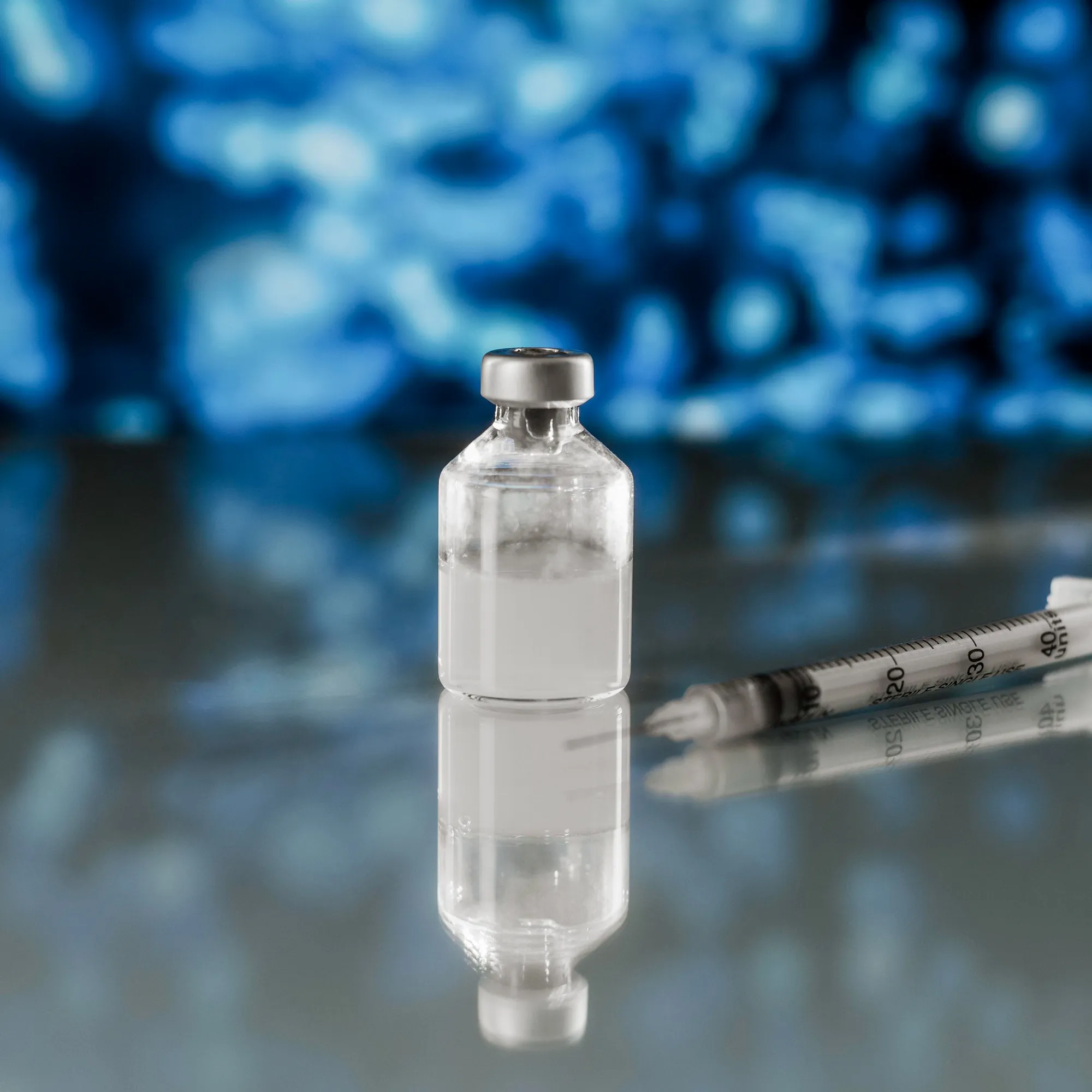Understanding the nuances of vaccine reactogenicity is a pivotal component in advancing public health interventions, particularly as we address emerging and potentially pandemic infectious diseases such as the avian influenza A (H5N1). In a significant study published in “Health and Quality of Life Outcomes,” researchers explored the efficacy of using daily SF36 questionnaires to capture quality-adjusted life-day (QALD) variations experienced by recipients of the AS03 A-adjuvanted H5N1 vaccine. This comprehensive news article delves into the study’s insights, offering an in-depth analysis of its findings, implications, and the broader context of vaccine assessments.
DOI: 10.1186/s12955-019-1147-4
Injecting Clarity into Reactogenicity: SF36 Questionnaires and the AS03 A-Adjuvanted H5N1 Vaccine
In the perpetual battle against infectious diseases, vaccines play a crucial role in safeguarding public health. The AS03 A-adjuvanted H5N1 vaccine, designed to combat avian influenza, has undergone meticulous scrutiny to assess its reactogenicity—defined as the physical manifestation of the body’s response to vaccination, typically in the form of adverse events (AEs). Pain and muscle ache were often reported as the most common AEs post-vaccination, albeit with negligible impact on quality-adjusted life-day (QALD) scores. This article gravitates towards a study published on May 6, 2019, in “Health and Quality of Life Outcomes,” which illuminated the adeptness of the SF36v2 daily questionnaire in capturing these transient impacts on individuals’ quality of life (QoL).
The Inception and Execution of the Study
Initiated under clinical trial NCT01788228, the study was registered on February 11, 2013, and sought to describe the short-term reactogenicity of the AS03 A-adjuvanted H5N1 vaccine. Fifty participants were enrolled and meticulously followed, receiving a 2-dose vaccination schedule. Researchers concentrated on solicited AEs from days 0 to 7 post both doses, had unsolicited AEs reported weekly until day 21, and employed daily SF36 QoL questionnaires during these intervals. The study concluded that the AEs experienced were short-lived and had a minimal impact on the subjects’ QALD scores, reinforcing the vaccine’s tolerability profile.
Correlation Between Physical Discomfort and Quality of Life
The core finding of the study was the correlation between daily AEs and the QALD scores, with a correlation coefficient of -0.97 (p < 0.001), highlighting the relevance of the daily administration of the SF36v2 questionnaire. While the impact of pain and muscle ache was notable, it did not intensify after the second dose, nor did it detrimentally influence the QALD scores to a significant extent (-0.02 max for one day).
The SF36v2 Questionnaire – A Tool Par Excellence
The relevance of the SF36v2 tool cannot be overstated. Its utility in the context of reactogenicity paints a detailed portrait of the short-term AEs associated with vaccine administration. This level of granularity is crucial for both vaccine developers and public health officials seeking to understand the nuances of vaccine-induced AEs and their implications on daily living.
Ethical Considerations and the Integrity of the Study
The research was conducted in accordance with the Declaration of Helsinki and the Good Clinical Practice. The study was bound by an ethical framework approved by the Independent Ethics Committee or the Institutional Review Board (Chesapeake Research Review Inc., Columbia, MD, USA, and Western Institutional Review Boards, Puyllup, WA, USA).
The Implications for Future Vaccine Assessment
The study underlines the significance of detailed daily monitoring of QoL post-vaccination. It underscores the potential for utilizing the SF36 questionnaire as a standard tool in assessing the reactogenicity of adjuvanted vaccines. This could mark a shift in how clinical trials are conducted, prioritizing patient-centric outcomes, including QoL, rather than solely focusing on immunogenicity and safety profiles.
Competing Interests and Potential Limitations
According to the disclosure within the study, several authors were employees of the pharmaceutical company GSK or had received funding for activities outside the submitted work. Nevertheless, the comprehensive nature of the data and the robustness of the study design provide confidence in the findings being representative of the vaccine’s short-term reactogenicity profile.
Keywords
1. Adjuvanted H5N1 Vaccine
2. Vaccine Reactogenicity
3. Quality-Adjusted Life-Day (QALD)
4. SF36 Questionnaire Study
5. Daily Quality of Life Tracking
References
1. Standaert, B., Dort, T., Linden, J., Madan, A., Bart, S., Chu, L., Hayney, M. S., Kosinski, M., Kroll, R., Malak, J., Meier, G., Segall, N., & Schuind, A. (2019). Usability of daily SF36 questionnaires to capture the QALD variation experienced after vaccination with AS03 A-adjuvanted H5N1 vaccine. Health and Quality of Life Outcomes, 17(1), 80. https://doi.org/10.1186/s12955-019-1147-4
2. Ware, J. E., Kosinski, M., Bjorner, J. B., Turner-Bowker, D. M., Gandek, B., & Maruish, M. E. (2008). SF-36v2 Health Survey: Administration Guide for Clinical Trial Investigators. QualityMetric.
3. Reed, S. G., Orr, M. T., & Fox, C. B. (2013). Key roles of adjuvants in modern vaccines. Nature Medicine, 19, 1597–1608. https://doi.org/10.1038/nm.3409
4. Morel, S., Didierlaurent, A., Bourguignon, P., Delhaye, S., Baras, B., Jacob, V., … & Garçon, N. (2011). Adjuvant system AS03 containing α-tocopherol modulates innate immune response and leads to improved adaptive immunity. Vaccine, 29(13), 2461-2473. https://doi.org/10.1016/j.vaccine.2011.01.011
5. Sun, X., Belser, J. A., Pulit-Penaloza, J. A., Creager, H. M., Guo, Z., Jefferson, S. N., … & Maines, T. R. (2017). Stockpiled pre-pandemic H5N1 influenza virus vaccines with AS03 adjuvant provide cross-protection from H5N2 clade 2.3.4.4 virus challenge in ferrets. Virology, 508, 164-169. https://doi.org/10.1016/j.virol.2017.05.010
Conclusion
As influenza threats persist globally, understanding the impact of vaccine reactogenicity on recipients’ quality of life becomes paramount. This study, employing daily SF36 questionnaires to measure QALD variations post-vaccination, furnishes the scientific community and health policymakers with incisive evidence supporting the tolerability and minimal quality of life disruptions associated with the AS03 A-adjuvanted H5N1 vaccine. It opens the door for incorporating detailed quality of life measures into future vaccine assessments, further aligning public health endeavors with the lived experiences of vaccine recipients worldwide.
